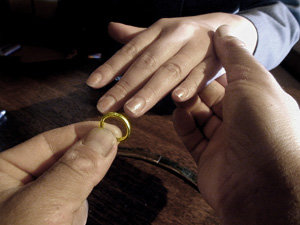Living in Japan can bring you into contact with concepts that may be difficult to wrap your mind around. While Sesame Street has been shown here for years, it really never got that much traction; a much more popular childrens show is the NHK program Okaasan to Issho (“With Mother”), which has been broadcast non-stop since 1959. The show is divided into sections that feature different songs for kids to sing, presumably with their mother, although I would join in despite the title of the show. One song teaches kids “AIUEO” and the beginnings of the hiragana sound system, while another is the Pajama Song, which celebrates toddlers being able to put their pajamas on all by themselves, quite an achievement when you’re that small. I’ve found it interesting to observe the little cultural differences between the show, which is watched by practically every child age 0-5 in Japan, and what I remember watching from my own youth. The show is always hosted by a Singing Older Sister and Singing Older Brother, who lead the kids through the various songs in each section. One day I noticed that the Older Brother host always spoke informal Japanese (早くなるぞ!) while the Older Sister spoke politely (早くなりますよ!), a bit of subtle role model-building for the kids to watch and imitate. When I asked my wife about it, I got a blank stare — apparently no Japanese person could have noticed such a tiny cultural difference.
This video is the Dango Sankyodai, or the Three Dango Brothers, the story of three little dumplings who live on a stick that was shown on the With Mother show and became a national obsession a few years ago. At the top is the Oldest Son, on the bottom is the Third Son, in the middle is the Second Son, Dango Sankyodai. Dango, dango, dango, dango, danso sankyodai. Warning: this song WILL invade your brain and never leave!















